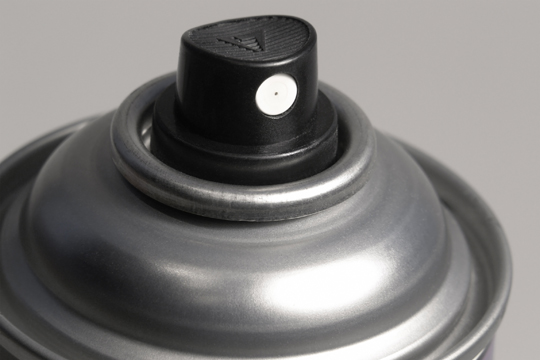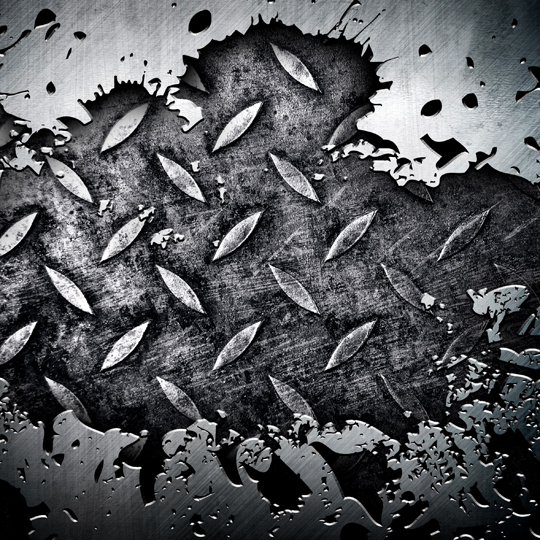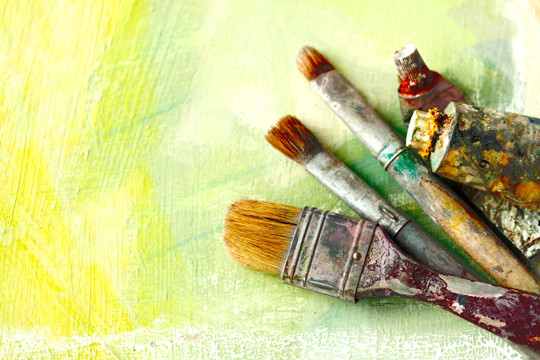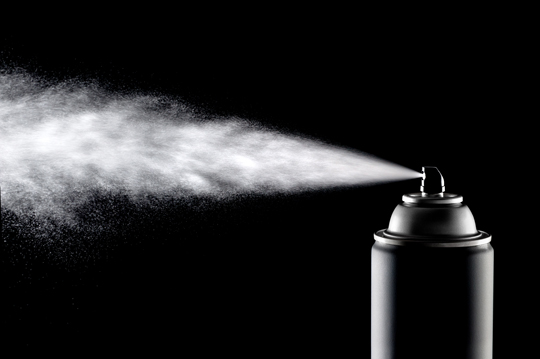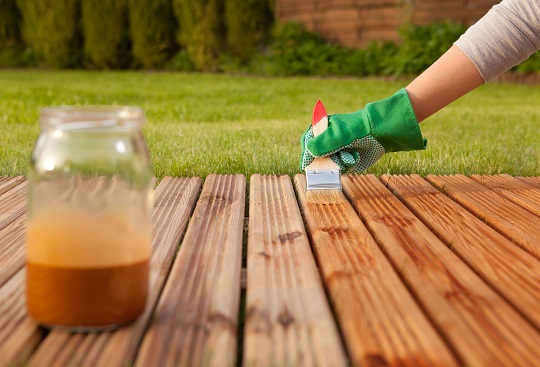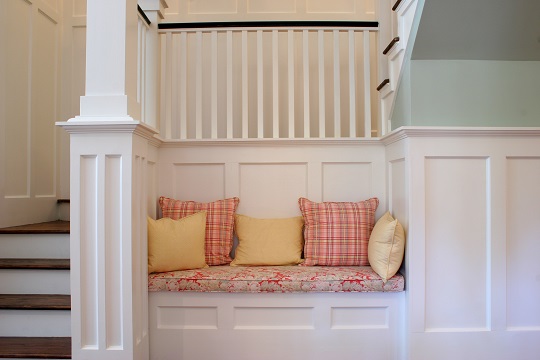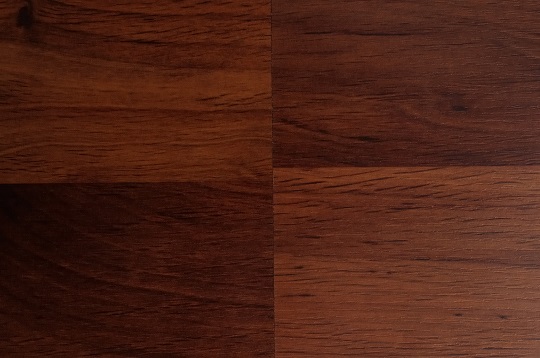Whatever type of wooden boat you own, the effects of water and sun on your boat will be evident over time. It is important to refinish your wooden boat regularly to keep it in good shape. Below are some simple tips and reminders for how to refinish wooden boats if you want to try this job by yourself.
Prepare Materials and Work Area
You will need a tarp, painter’s tape, steel wool, medium-grit sandpaper (60-80 grit), very-fine-grit sandpaper (140 or 150 grit), waterproof putty, a putty knife, tack cloth, waterproof varnish, paint thinner, and paint brushes.
Once you have all of these supplies ready, make sure your work area has enough ventilation. Before you start working, set the tarp down where it will be able to catch dust and other rubble. Also, it is a good practice whenever you refinish wooden boats to apply painter’s tape along the edges of the wooden parts of the boat to prevent the non-wood areas from getting scratched or stained.
Refinish Your Wooden Boat
1. Using steel wool, vigorously scrape off peeling or flaked wood from the wooden parts of the boat. This should also work to remove mold buildup.
2. Give the boat a good sanding using a belt or orbit sander loaded with medium-grit sandpaper, and then sand it again with very-fine-grit sandpaper for an even smoother finish.
3. If there are any scratches or holes on your boat, fill them up with waterproof putty. Use a putty knife to apply the putty and wait for it to dry. Then sand the area again with 140- or 150-grit sandpaper.
4. Clean up the dust from the sanded wood before beginning the staining process. Vacuum and/or use tack cloth to wipe clean all of the sanded areas. Change your dust-ridden clothes as well to help keep dust from ruining your varnish job.
5. For the base coat, mix the varnish with the paint thinner or solvent according to the instructions on the varnish can. Instead of applying the varnish with the usual gliding paint stroke, dab it on to create a smoother texture.
6. If there is any raised grain or bits of dust that were set into the varnish, sand off the section once it has dried using very-fine-grit sandpaper.
7. For the succeeding coats, you can apply as many as needed depending on the shade of the varnish and the color of the wood. The more coats applied means more protection and shine to your wooden boat. Just make sure to follow the drying time between coats.
8. Once you’re all done and the varnish is completely dried, strip off the painter’s tape and clean up the area.
Need Help Refinishing Your Boat?
While it gives a feeling of pride to refinish your wooden boat on your own, you may not always have the time to do it. TalkLocal can quickly find a professional painter to do the job for you. Contact us now and you’ll be talking to a pro in minutes.


